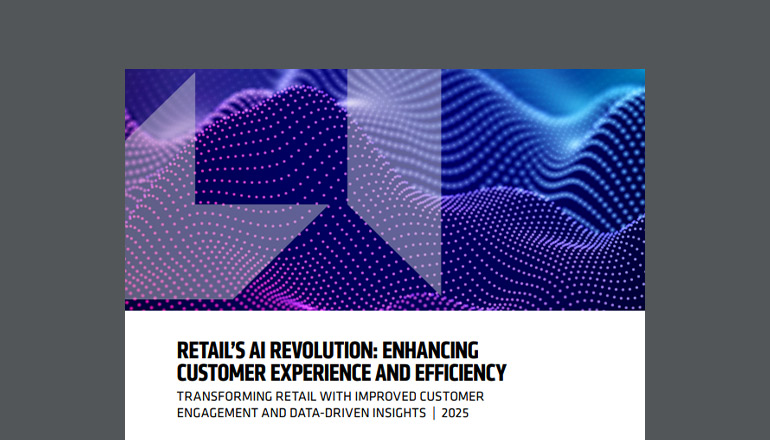Article The Future of Telehealth
Since the onset of the COVID-19 pandemic, telehealth has seen a massive surge in popularity, and patients expect a high level of medical care without having to go to a doctor’s office. But what does the future of telehealth look like?
By Tre Powers / 30 Dec 2021 / Topics: Managed workplace Hybrid workforce Customer experience Digital transformation

As the pandemic continues to change how the world connects and operates, one of the biggest changes to healthcare is the adoption of telehealth. According to a new HHS study, the use of telehealth services increased 63% in the past two years, with behavioral healthcare increasing 32% through telehealth.
Telehealth services have changed patient expectations, with more and more people seeking a remote option to receive virtual healthcare. Telehealth has also become a win for medical professionals and healthcare workers as they are finding patients are more engaged than they were before. These unexpected benefits have caused medical providers to look toward the future of healthcare to see how telehealth can continue to improve, bringing better outcomes for both doctors and patients.
Telehealth advancements and benefits
Telehealth brings patients and their physicians together in new ways through remote patient monitoring devices and communication technologies. Doctors and patients now can talk in real time via telephone or live video from their laptop, desktop, smartphone or tablet. This offers the doctor and patient more opportunities to connect easily, resulting in quicker, more convenient care.
Secondly, remote patient monitoring devices allow healthcare providers to monitor their patients from anywhere. Patients can also get answers to their questions, receive prescriptions, and send encrypted photos and messages to their medical provider — all without ever leaving home.
Finally, asynchronous communication allows patients and doctors to collect data through encrypted channels and interpret it for diagnoses and prescriptions.
Better diagnoses with data
With the introduction of transformative data technology into healthcare IT, doctors have more access than ever to patient information that boosts their ability to provide accurate diagnoses.
Data also can help patients stay in control of their own health. With more access to their health information, patients can make informed decisions with their diagnoses, ask questions and easily fill prescriptions. With data, medical professionals can improve health outcomes and ensure patients receive the best care possible.
The importance of data security in healthcare
One hot-button issue with telehealth services is data security. Over the past three years, over 93% of healthcare organizations have experienced a data breach. Since healthcare data is incredibly sensitive information, it’s a prime target for cybercriminals to sell on the dark web. However, investing in the right IT and security solutions can help healthcare organizations stay protected against today’s cyberthreats.
Telehealth in 2022 and beyond
With 83% of patients saying they are likely to continue using telemedicine, telehealth will be essential in healthcare long after the pandemic wanes. Early in the pandemic, telehealth was vital to providing routine services, freeing up in-person resources for patients needing more intensive medical care.
Virtual care has also helped older or chronically ill patients receive care remotely, avoiding exposure to infections or colds, and it's made prescriptions more easily accessible. Telehealth services have also been critical for mental health care, with over 41% of therapy visits occurring via telemedicine in 2020.
Lastly, diagnoses have become both easier to obtain and more accurate thanks to innovative technologies. Remote monitoring devices will continue to provide vital health information outside of the context of doctor’s offices and hospitals. With more patient information at their hands, medical providers can provide more accurate diagnoses and accelerate the journey to finding the right treatment.
Telehealth has permanently changed the way doctors and patients interact. The introduction of new ways to connect has offered patients a quicker way to receive care and doctors an avenue to support more patients. At Insight, we work with our clients to find new ways to improve healthcare services and support patients from anywhere.
Talk with an expert today to learn how Insight can help with your telehealth transformation.







